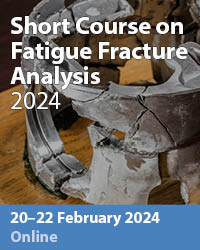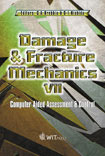Application Of Discrete Hexagonal Elements To Rock Bumps Problems
Price
Free (open access)
Transaction
Volume
37
Pages
Published
2002
Size
668 kb
Paper DOI
10.2495/DM020311
Copyright
WIT Press
Author(s)
P Procházka & V. Doležel
Abstract
The discrete hexagonal element method can be considered as one of discrete ele- ment methods (DELI), which are very often used in mechanics of granular media. They substitute the methods solving continuum. The great disadvantage of some DEM is to feed it by material properties provided by laboratory tests, particularly of such a method which do not cover the entire domain. On the other hand, the DEM enables researchers to find local discontinuities in displacements, propagation of cracks, etc., although the location of such disturbances is not known in advance. This is why the principal idea of the DEM is used in this paper, and the most appropriate elements are used to cover entire domain. The elastic, or elastoplastic hexagons with the full contact of adjacent elements along their common boundaries yield honey comb-like structure of the continuous medium, with the interior of hexagons fulfilled by a mass. The relations in the particles are solved by a special form of the boundary element method. Considering the most of particles are of the same, or similar shape, very powerful iterative procedures can be applied, and the stiffness matrix can be stored in the internal memory of computers. So far, two-dimension formulation and solution is prepared and is studied in this paper. The problem formulated in terms of hexagonal elements (which can be mutually disconnected during the loading process due to the contact conditions) enables one to simulate the way of propagation of cracks in the rock mass and in the coal seam. The cracking of the medium can be described in such a way that the local damage may be derived. Also, local deterioration of the material can be seen from the pictures, drawn for particular examples. Many kinds of applications require time dependent behavior of the material,
Keywords





